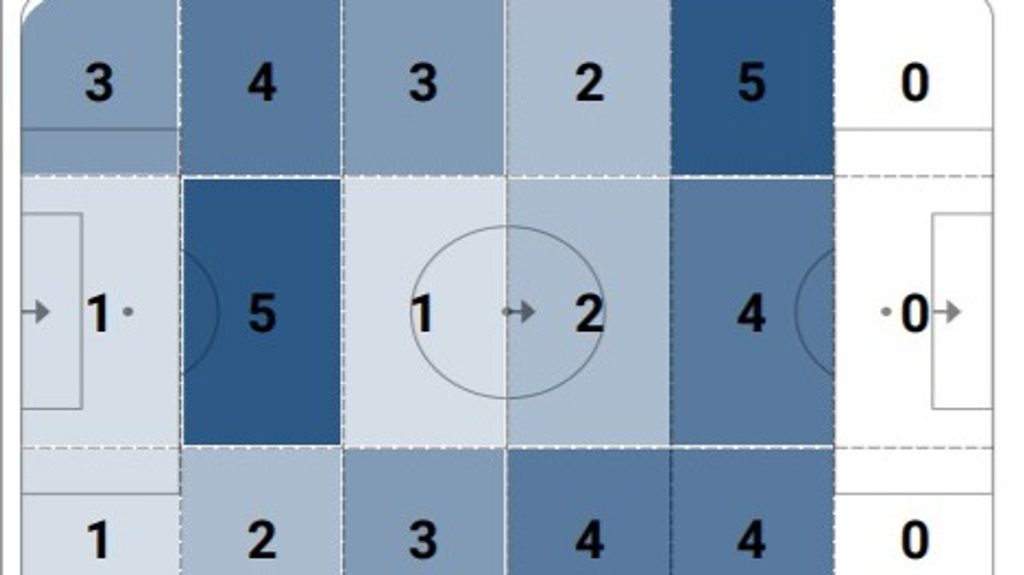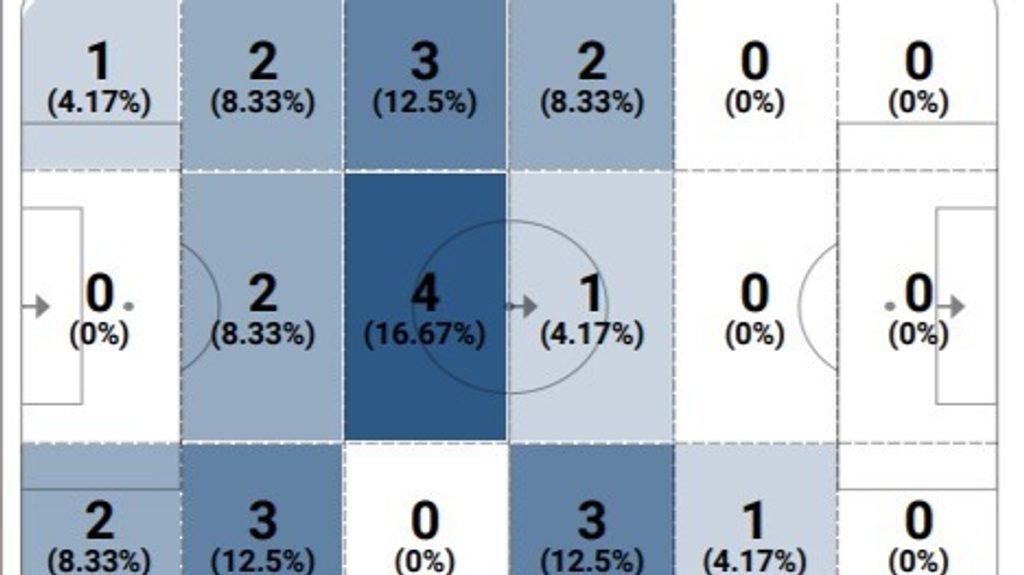Mumbai City FC's 'pressing problems': Why the Islanders are leaking goals in a heap
With three goal-laden games, from which they could garner only a solitary point, being injected into their system, they might contemplate balancing things out a touch.

A few weeks ago, Mumbai City FC were riding an incredible wave of optimism in the Hero Indian Super League. The Islanders had racked up 15 points (out of 18) and were either annihilating opponents (as it happened against ATK Mohun Bagan and FC Goa) or were finding ways to win from improbable situations.
Then, their game against Kerala Blasters FC happened – a match where the latter made the net bulge thrice and more importantly, made Mumbai City FC question whether their free-flowing and expansive brand of football would be sustainable in the long run.
At the time, though, the Islanders had played five fixtures in the space of 19 days in December, meaning that fatigue, despite the team not hinting so, could’ve been a decisive factor.
Thus, when they were accorded an eight-day break before they played NorthEast United FC, plenty expected them to restore normal service and cruise past the Highlanders. Not because NorthEast United FC were struggling for goals, but also because of the quality that exists in the Islanders’ ranks.
Unfortunately, the exact opposite happened. Mumbai City FC conceded three goals for the second encounter in a row and it opened up a can of worms – a can of worms they thought would be cast aside but one that has reared up regularly in recent weeks.
And, when they shipped four goals against Odisha FC, those clamours reached fever pitch. Kiko Ramirez's men, for further context, hadn’t won in their previous four attempts in the Hero ISL and had been annihilated by Hyderabad FC, days ago.
But for anyone who watched the second half, it might have seemed that Mumbai City FC were the team low on confidence, which considering their early-season dominance, indicates that something isn’t quite right.
The Islanders have conceded 10 goals in their past three matches and that is a cause of concern. On deeper introspection, there is a worrying pattern that might have led to this rut – a rut they are perfectly capable of overturning but one that has, rather unwittingly, become a recurring theme since December 19 (the day they faced Kerala Blasters FC).
Mumbai City FC’s most impressive performance this season came against ATK Mohun Bagan. On that evening, the Islanders looked fresh, pressed from the front, limited the Mariners to minimal chances and capitalised on the openings they fashioned for themselves.
Their off-the-ball work, in particular, was a sight to behold. During that fixture, they recovered the ball 13 times in the opposition’s defensive third – something that put so much pressure on ATK Mohun Bagan that they cracked.
 MCFC recoveries against ATKMB
MCFC recoveries against ATKMBAgainst NorthEast United FC, though, the Islanders could only recover the ball once in the Highlanders’ defensive third. Not only did that leave them open in other areas of the pitch, it gave the NorthEast United FC players the time and space to optimize Deshorn Brown’s counter-attacking potential.
 MCFC recoveries against NEUFC
MCFC recoveries against NEUFCWhen Mumbai City FC faced Odisha FC, that problem seemed to continue. Though it didn’t affect them in that particular area, it had a knock-on effect. Once the Islanders’ forward players pressed and didn’t recover the ball, Odisha FC could pick out the wider players, who had, owing to Mumbai City FC’s press, the freedom of the Tilak Maidan stadium.
Another interesting bit is that Mumbai City FC have allowed too many shots from inside the box lately. All four of Odisha FC’s goals came from inside the box, whereas NorthEast United FC had 13 shots from inside the penalty area.
Kerala Blasters FC, too, had as many as eight shots. The stunning goal that Alvaro Vazquez scored was also shot from inside the box. On the other hand, Mumbai City FC gave up a grand total of seven shots from inside the box against ATK Mohun Bagan and FC Goa (2 and 5, respectively), illustrating that their defensive shape has let them down recently.
The most telling bit, though, is perhaps the gaps that they are leaving in between their defensive line and midfielders, and behind their full-backs. In the matches against FC Goa and ATK Mohun Bagan, one could see that they were perfectly placed to snuff out counter attacks.
Against NorthEast United FC and Odisha FC, that has hardly been the case. Jerry Mawihmingthanga exploited the spaces behind the full-back, whereas Brown constantly kept attacking the inside right and inside left channels, barely allowing the Mumbai City FC defenders a moment’s peace.
Thus, there seem to be quite a few factors explaining Mumbai City FC’s new-found defensive weakness. In earlier games, they were able to offset it by pressuring the ball higher up the pitch and by not allowing the opposition players enough time to make the right decisions.
Now, owing to a packed schedule and the demands such a high-octane style places on its players, they are perhaps losing that edge, meaning that their midfield has been dragged out of position and their defensive line has become isolated.
That, coupled with the courage other outfits have shown, has led to a slight blot on what has otherwise been a strong debut season for Des Buckingham. He has previously acknowledged the concession of goals and has even elaborated on how this is a risk they are willing to take. To an extent, that kind of approach is refreshing too, considering it would work more often than not.
But with three goal-laden games, from which they could garner only a solitary point, being injected into their system, they might contemplate balancing things out a touch.
They could reduce the intensity of their press or try to press the opposition only after they venture into midfield. They could even ask their full-backs to show more restraint when attacking and not leave their posts unguarded.
Either way, there are plenty of tonics from within their ranks that can cure them of their ailments. And, more importantly, they seem to have enough quality to tide over this bump in the road.
That everything has turned pear-shaped suddenly, is the only aspect that would stick out for Mumbai City FC and worry them a little.

























